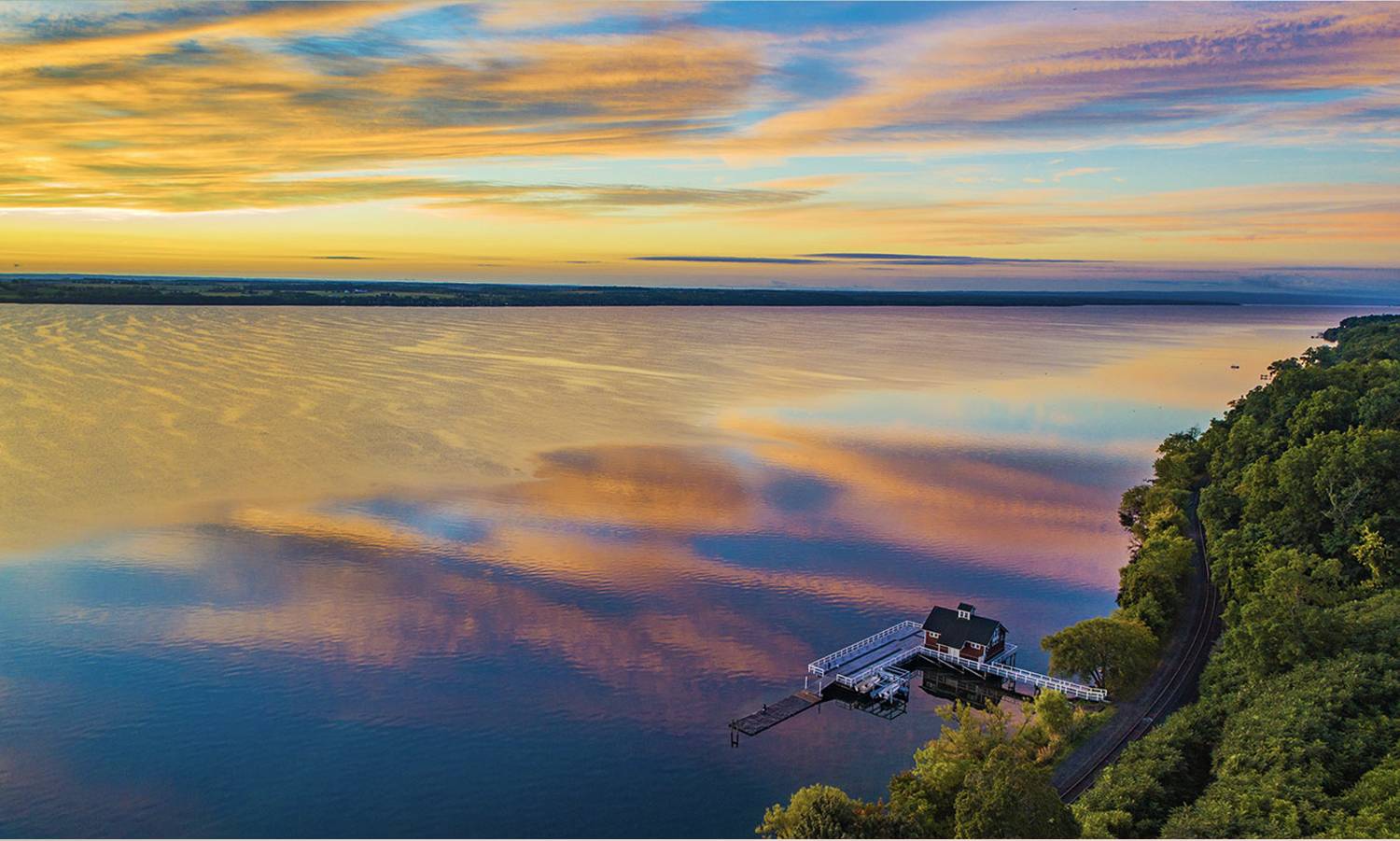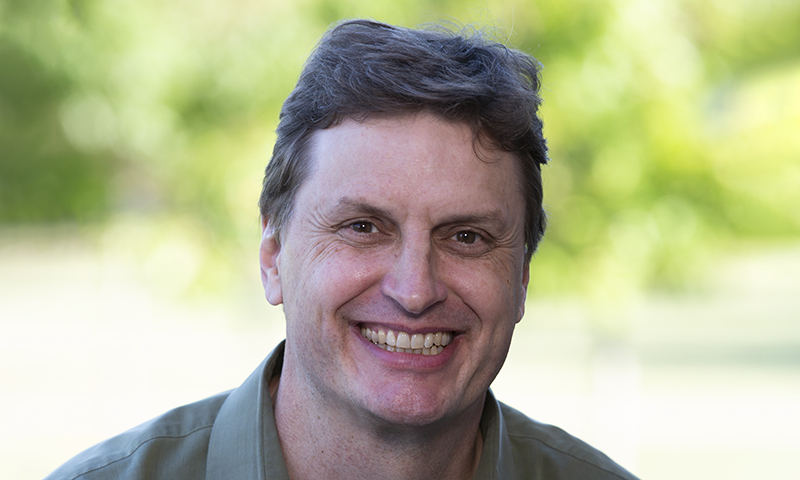
Jeffrey Anderson

Jeffrey D AndersonProfessor of Anthropology
Joined faculty in 2008
Ph.D. University of Chicago. 1994. (Anthropology).
M. A. University of Chicago. 1981. (Social Sciences).
B.A. Knox College. 1980. (Sociology-Anthropology).
Contact Information
Scholarly Interest
Northern Arapaho, Plains Indians, Knowledge Systems, Mythology, Human Rights of Indigenous Peoples, Cross-Cultural Human Development, Anthropology of Art and Creativity, Ethnopoetics, Ethnohistory, Space-Time Systems, and Language Shift
Teaching Experience
Colby College 1996-2008 (Anthropology). Minnesota State University 1994-1996 (Ethnic Studies). Central Wyoming College 1990-94 (Anthropology/Native American Studies). Triton College 1981-89 (Anthropology, Sociology, and Philosophy). Courses also taught at: Loyola University of Chicago, University of Chicago, Morton College, and Ray College of Design.
Research
For over twenty-five years I have researched Northern Arapaho history, language, and culture, including archival and museum research, language study, applied anthropological projects, and five and half years of continuous field research on the Wind River Indian Reservation in Wyoming (1988-1994).
Courses Taught
Courses:
Language and Culture (Anthropology 115);
North American Indians (Anthropology 282);
Native American Religions (Anthropology 222);
Anthropology of Creativity (Anthropology 330/430);
Human Rights of Indigenous Peoples (Anthropology 221);
Race, Ethnicity, and Class (Anthropology 205);
Modern Siberia (Readers College Course);
Myths and Paradoxes (American Studies 101);
Italian Creativities (Rome 208) (with K. Welsh);
Researching Roman Diversity (Rome 200);
Colby College, Waterville, Maine. 1996-2011 .
Courses:
Cultural Anthropology (112);
Language, Culture, and Society (AY 113);
Indigenous Peoples and Cultures of North America (AY 211); Human Rights and Indigenous Peoples (AY 213);
Myth and Poetics (AY 329);
Researching Cultural Diversity (Methods AY 313);
Senior Seminar: The Anthropology of Time (AY 493/456);
Native American Religion and Empowerment (AY 354); Anthropology of Creativity (AY 334);
Anthropology as Public Engagement (AY 494);
God is Red (RH 112);
The Rez Road Follies (RH 112);
Colby 201;
Minnesota State University - Mankato, Mankato, Minnesota. 1994-1996.
Undergraduate Courses:
Introduction to American Ethnic and Racial Minorities;
Introduction to American Indian Studies;
American Indian Leaders;
Upper Division/Graduate Courses:
Current Issues and Topics in American Indian Studies:The Works of Vine Deloria;
American Indian Political History and Legal Status;
American Indian Religion and Philosophy;
Cultural Diversity: Bridging Differences and Conflict;
Cultural Pluralism;
Indigenous Peoples of the World;
Cultural Pluralism;
Gustavus Adolphus College, St. Peter, Minnesota. Fall Semester 1995 .
Course:
Native North Americans;
Central Wyoming College, Riverton, Wyoming. 1990-1994.
Courses:
Introduction to Physical Anthropology;
Introduction to Cultural Anthropology (Honors);
Orientation to College;
History of Indians of the U.S.;
Contemporary Issues in Native American Studies;
Indians of the Wind River Reservation;
Arapaho History;
The University of Chicago, Chicago, Illinois. 1988-89.
Courses:
Self, Culture, and Society I and III (Political Economy and Psychology Segments of the Undergraduate Social Science Core);
Loyola University of Chicago, Chicago, Illinois. 1986/88.
Courses:
Humans and Their Natural Environment (Cultural Ecology);
Human Origins;
Triton College, River Grove, Illinois. 1981-89.
Courses:
Introduction to Cultural Anthropology;
Introduction to Physical Anthropology;
North American Indians;
Introduction to Sociology;
Courtship, Marriage, the Family;
Introduction to Philosophy;
Ethics;
Death and Dying; Telecourses in Introduction to Cultural Anthropology and Introduction to Sociology;
Morton College, Cicero, Illinois. Fall 1986.
Course:
Introduction to Anthropology (Physical);
Ray College of Design, Schaumburg, Illinois. Spring 1989.
Course:
Mainstreams in Philosophy;
Publications
2001. The Four Hills of Life: Northern Arapaho Knowledge and Life Movement. Anthropology of North American Indians Series. Lincoln: University of Nebraska Press. Raymond J. DeMallie and Douglas R. Parks, editors.
2003. One Hundred Years of Old Man Sage: An Arapaho Life Story. Anthropology of North American Indians Series. Lincoln: University of Nebraska Press. Raymond J. DeMallie and Douglas R. Parks, editors.
2013. Arapaho Women’s Quillwork: Motion, Life, and Creativity. Norman: University of Oklahoma Press.
ARTICLES, CHAPTERS, AND OTHER SHORT WORKS:
1997. Introduction. In George Dorsey and Alfred L. Kroeber. Traditions of the Arapaho . Lincoln: University of Nebraska Press. (Editor reviewed)
1998. Ethnolinguistic Dimensions of Northern Arapaho Language Shift. Anthropological Linguistics 40:1:1-64. (Peer reviewed)
2000. The Motion-Shape of Whirlwind Woman in Arapaho Women's Quillwork. European Review of Native American Studies . 14:1:11-21.
2001. Northern Arapaho Conversion of a Christian Text: The Our Father. Ethnohistory 48:4:689-712.
2003. ‘Arapaho,’ In Ember, Melvin, Carol R. Ember, and Ian Skoggard, eds. Encyclopedia of World Cultures Supplement. New York: Macmillan Reference.
2005. Ghost Dance Songs. In Algonquian Spirit : Contemporary Translations of AlgonquianLiteratures . Brian Swann, editor. Lincoln: University of Nebraska Press, pp. 448-462.
2005. Ceremony and Ritual, Arapaho. In American Indian Religious Traditions: An Encyclopedia . Suzanne J. Crawford O'Brien and Dennis F. Kelley, editors. SantaBarbara, Calif.: ABC-CLIO, pp. 117-126.
2006. Seven Ways of Looking at Old Man Sage. In Language, Culture and the Individual: ATribute to Paul Friedrich. Catherine O’Neil, Mary Scoggin, and Kevin Tuite, editors. Munich, Germany: LINCOM Studies in Anthropology (LiSA).
2006. The Poetics of Tropes and Dreams in Arapaho Ghost Dance Songs. In New Perspectives on Native North America: Cultures, Histories, Representations , Sergei A. Kan and Pauline Turner Strong, editors. Lincoln: University of Nebraska Press, pp. 122-161.
2009. Contradictions of Space-Time and Knowledge in Northern Arapaho Language Shift, In Native American Language Ideologies: Beliefs, Practices, and Struggles in Indian Country , Paul V Kroskrity and Margaret C. Field, editors, pp. 48-76. Tucson: University of Arizona Press.
2009. Co-Author: Joseph Gone. Native American Religious Traditions. In Chicago Companion to the Child, pp. 670-72. Richard Schweder, editor. Chicago: University of Chicago Press.
2011. A History of Time in the Northern Arapaho Tribe. Ethnohistory 58:2: 229-261.
2011. Space, Time, and Unified Knowledge: Following the Path of Vine Deloria, Jr. Indigenous Philosophies and Critical Education, George Dei, editor, pp. 92-108. New York: Peter Lang.
2014. The Sacred Art of Arapaho Quillwork. American Indian Art Magazine 39: 60-71 .
PROFESSIONAL AFFILIATIONS
Canadian Anthropological Society, American Anthropological Association, and American Society for Ethnohistory.
PERSONAL STATEMENT

